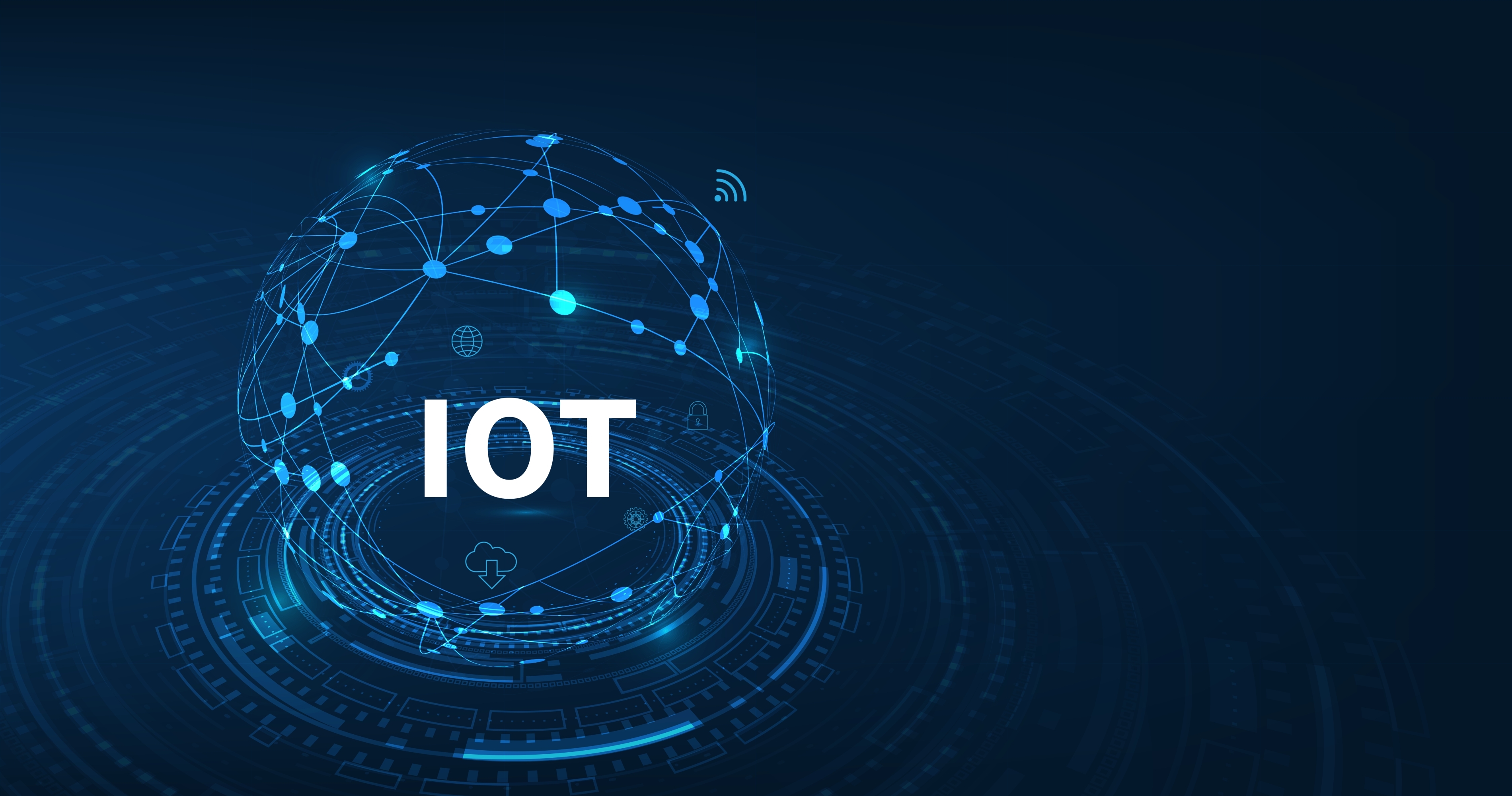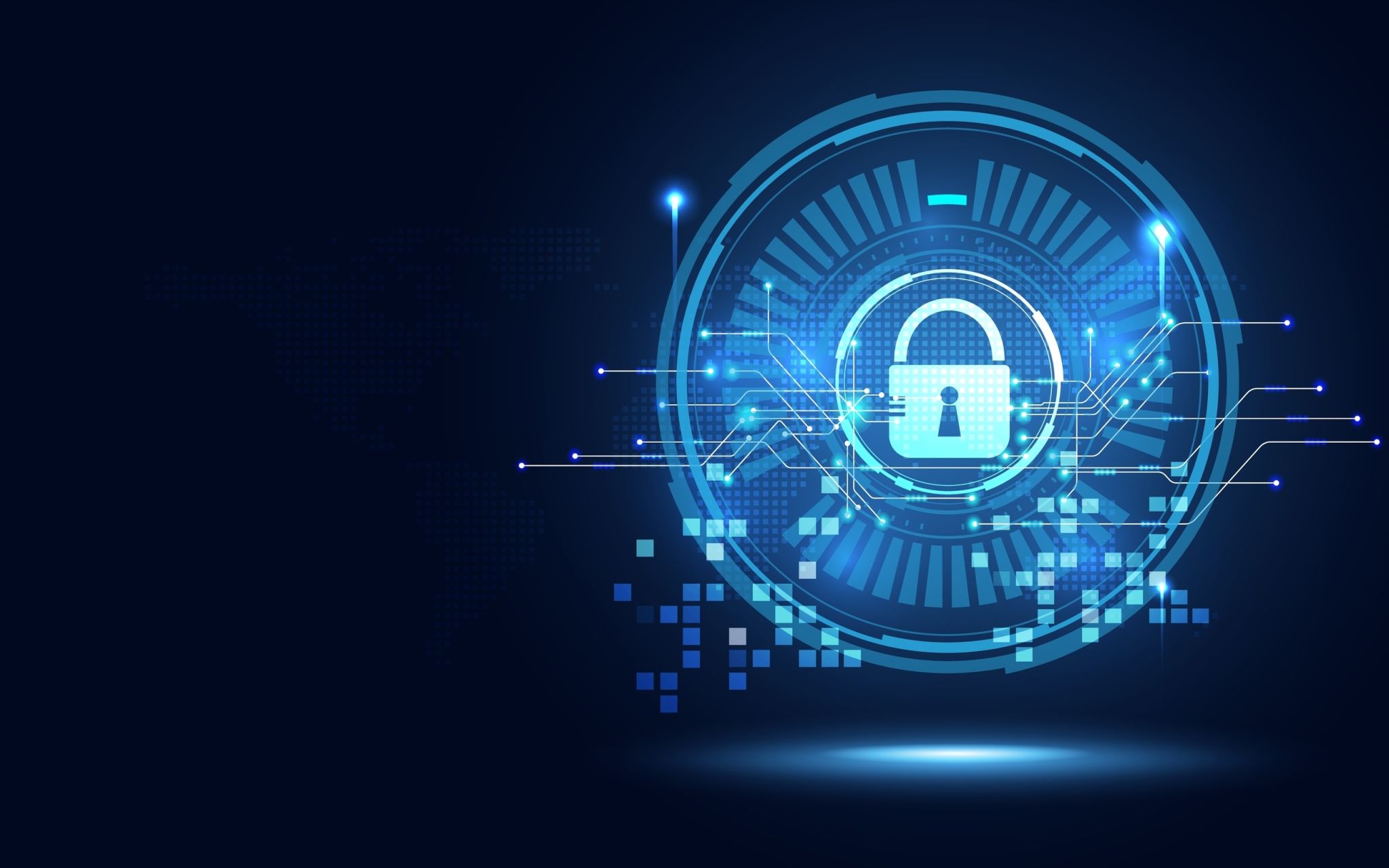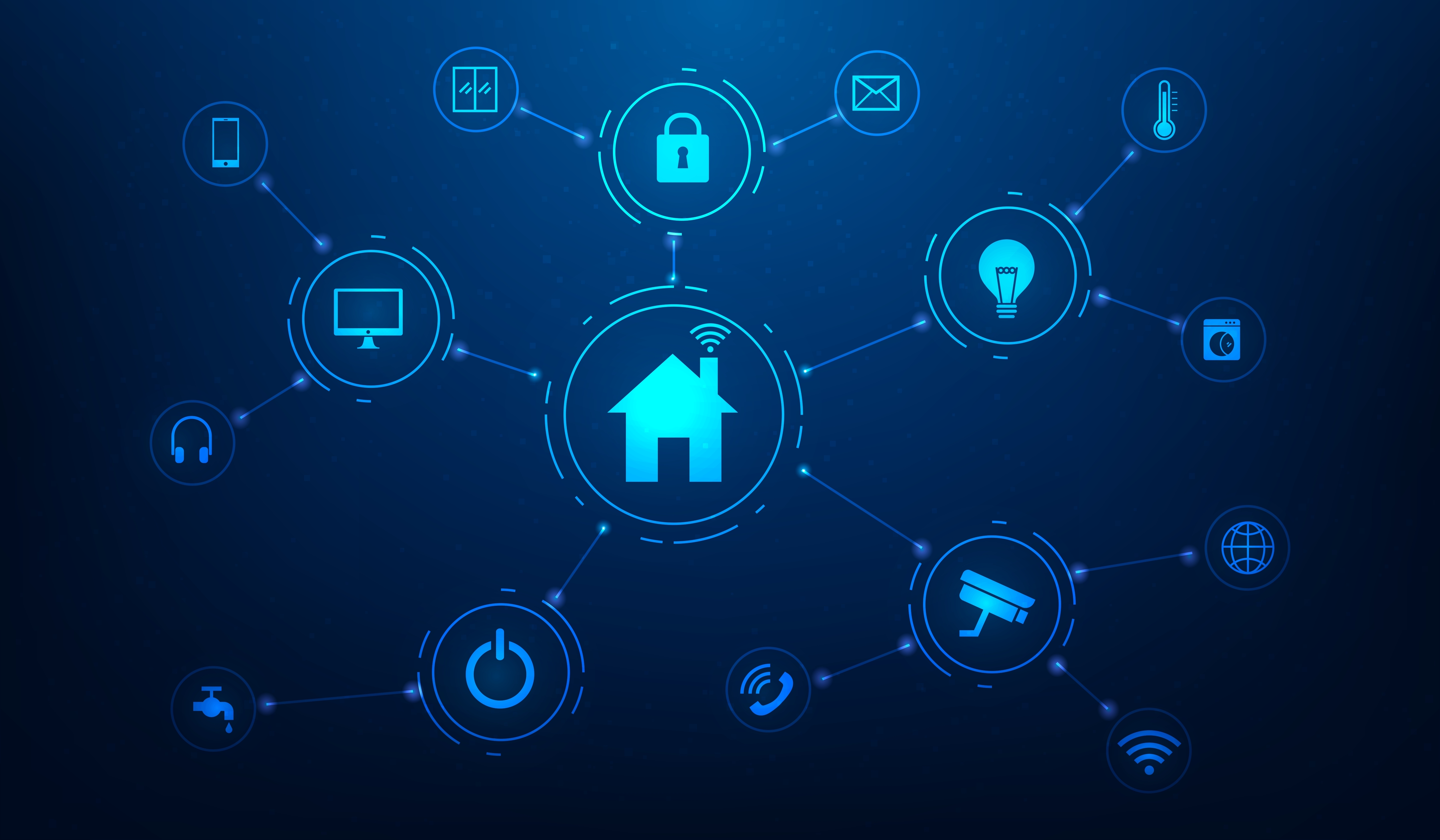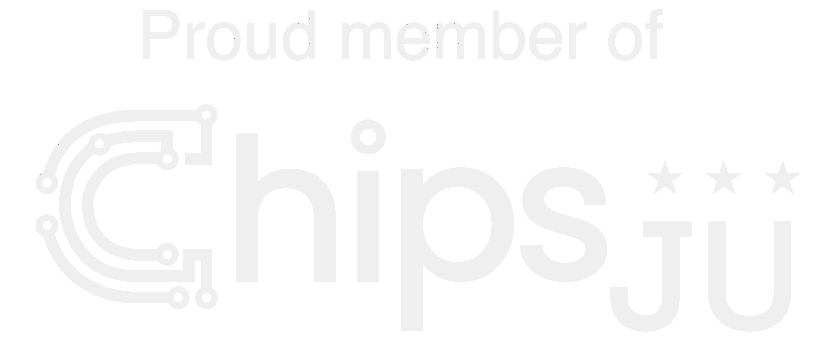
The Internet of Things (IoT) is revolutionizing how we interact with technology, connecting everything from sensors to industrial machines. However, with this evolution comes significant security challenges. IoT security refers to the measures and protocols designed to protect devices and networks from breaches, unauthorized access, and malicious attacks. This blog explores the current state of IoT security, emerging trends, and best practices to safeguard these ecosystems.
The Importance of IoT Security
IoT security ensures device integrity, data confidentiality, and operational continuity. This involves implementing encryption, network protections, and device authentication to mitigate risks from vulnerable communication protocols and resource-constrained devices.
Without robust security, IoT devices can become entry points for cyberattacks, leading to compromised data and disrupted operations. Addressing these risks requires a comprehensive framework that adapts to the diversity and complexity of IoT environments.


The IoT Security Market: Growth and Trends
The global IoT security market was valued at $11.7 billion in 2022 and is projected to reach $43.11 billion by 2031 (source : SkyQuest). This growth is driven by the widespread adoption of IoT across sectors like healthcare, industry, and residential environments, along with increasing awareness of cybersecurity threats.
Key segments of the market include:
- Device Authentication and Management: The largest segment, focusing on securing device access and data integrity.
- Identity Access Management (IAM): The fastest-growing segment, addressing secure access control.
- Intrusion Detection and Prevention Systems: Critical for identifying and mitigating threats.
Trends Shaping IoT Security
The rapid evolution of IoT technologies is reshaping security strategies. Key trends include:
1. Enhanced Edge Security
Securing the edge of networks reduces latency and improves real-time threat responses. Strategies include localized encryption, immediate threat detection, and autonomous responses, minimizing attack surfaces.
2. Adoption of Zero Trust Models
Zero trust security requires continuous authentication and rigorous identity checks, ensuring only authorized devices access sensitive data. This approach helps prevent lateral movement of threats.
3. AI-Powered Anomaly Detection
AI enhances security by identifying patterns and detecting threats in real-time. Machine learning enables proactive threat management, automating detection and mitigation processes.
4. Decentralized Security Models
Decentralized approaches, like blockchain, eliminate single points of failure and offer scalable, resilient device authentication and communication.
5. Progress in Global Standards
Collaborative efforts are establishing global IoT security standards to harmonize protections and streamline regulatory compliance, addressing privacy, data protection, and authentication.
Best Practices for IoT Security


Secure Device Onboarding
- Verify device identities with certificates or tokens.
- Automate onboarding for efficiency and strong security.
Isolate IoT Devices from Critical Infrastructure
- Use network segmentation and VLANs to separate devices from sensitive systems.
- Conduct regular network audits to optimize security.
Plan for Secure Decommissioning and Updates
- Implement secure device decommissioning to prevent data leaks.
- Regularly update firmware and patches to address vulnerabilities.
Utilize Adaptive Encryption
- Use lightweight encryption algorithms designed for IoT.
- Prepare for quantum-resistant cryptography to future-proof security.
Conclusion
IoT security is a dynamic field requiring innovative strategies to address the growing complexity of connected devices. Organizations must adopt best practices, embrace decentralized models, and prepare for emerging threats like quantum computing to protect their IoT ecosystems. As IoT continues to transform industries, robust security measures are essential to safeguard data integrity, privacy, and operational continuity.


Leave a Reply